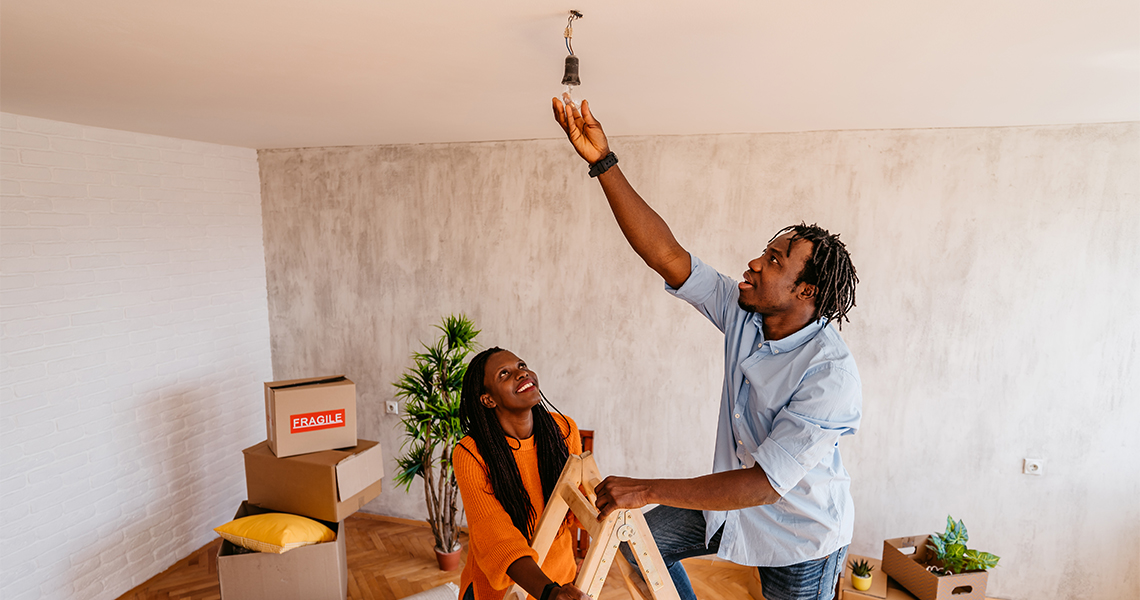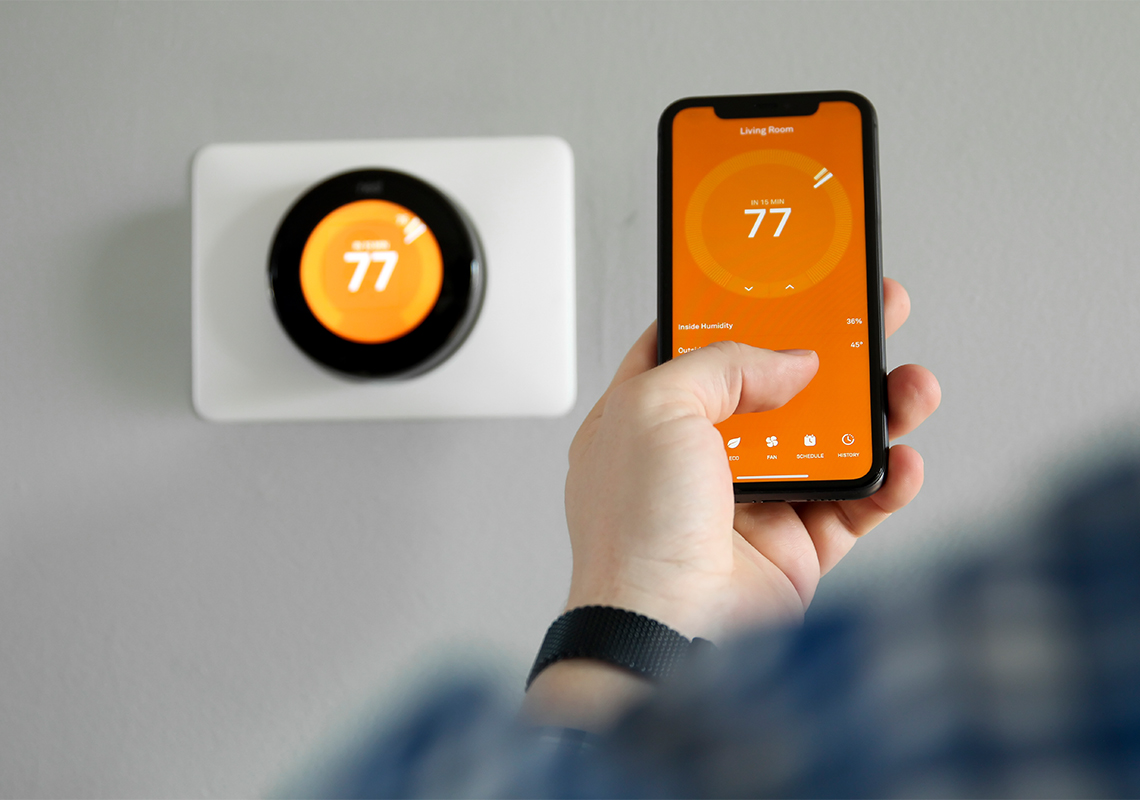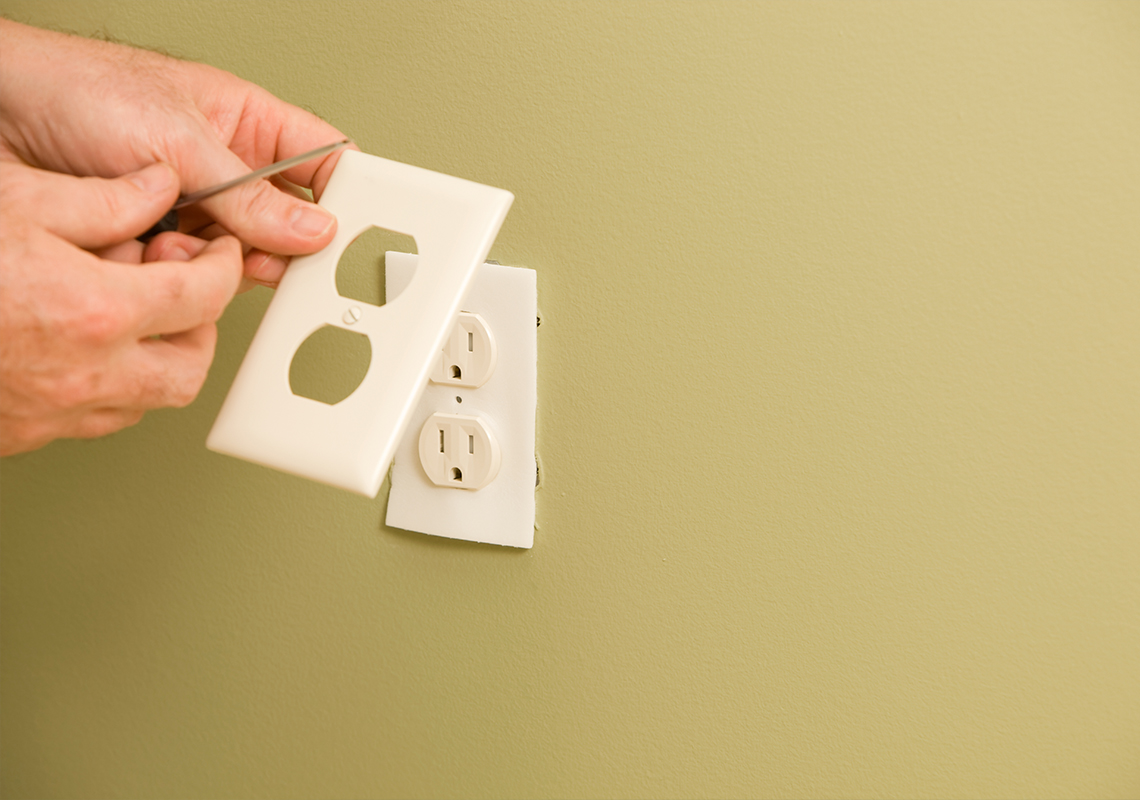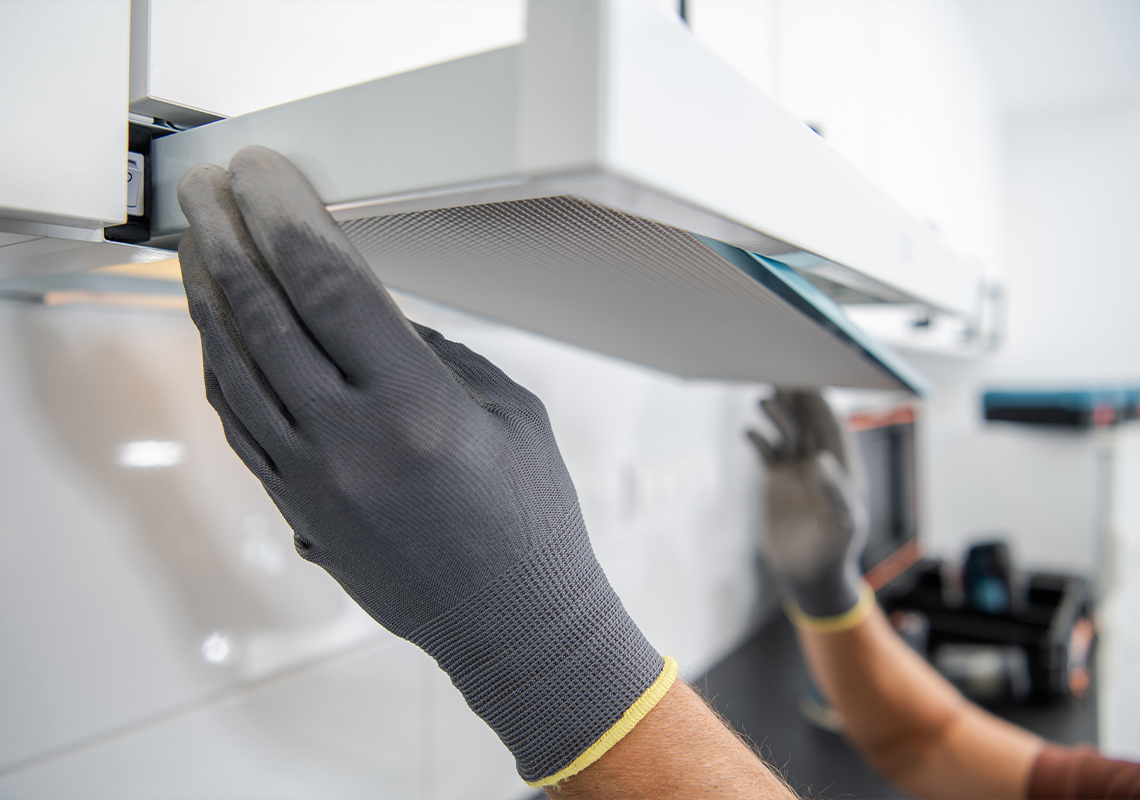Author: Jane Wybenga, Built Green Coordinator
One of the most common questions we hear when attending sustainability events is “what can I do as a renter?”. This blog post is intended to answer that question and serve as a resource for renters who are looking to make sustainable home improvements but aren’t sure where to start.

While there are some limitations for renters that do not apply to homeowners, there are still a lot of actions that can contribute to living a budget-friendly, ecologically-conscience lifestyle. Since structural and large-scale changes are out of the question for rentals, we’ll focus on non-invasive, temporary, or easily reversible upgrades. These upgrades are important steps for reducing your carbon footprint and for the overall comfort of your home.
Energy Efficiency
One great way to increase the efficiency of your home is through energy-efficient lighting. The easiest and cheapest way to do this is by replacing standard lights with LED bulbs. LEDs conserve up to 80% more energy, last longer, and have no toxins compared to traditional lighting options. When getting rid of the old bulb, make sure you check what type you have; some bulbs need to be recycled and some cannot be thrown away, like halogens and florescent. To help dispose of old bulbs, many of the big box home improvement stores have collection bins that you can use. When it is time to replace the LED, make sure you recycle your old LED bulbs. Here is a great guide that outlines types of lightbulbs, and what to do with them at the end of their life. There should be a variety of options of LED bulbs at your local hardware store and they can also be ordered online. You can also visit the PSE Marketplace to purchase ENERGY STAR qualified LED light bulbs and fixtures and receive your PSE rebate instantly. While the upfront price may seem like the more expensive option, LEDs are less costly in the long run because they last about 10 times longer which means less money spent on replacing bulbs (and less waste!).
On the same topic of energy, smart thermostats are another good way to save in your home. Smart thermostats optimize the performance of your heating and cooling systems, minimize temperature fluctuations, and help save on your electricity bill. Check your lease, but depending on the situation, many times they can also be installed with or without approval from your landlord. Reducing energy waste from space heating reduces the strain on our electrical grid, reducing the risk of brown-outs, and conserves natural resources.

The first step is to assess your smart thermostat options for renters and landlords alike. If you need to talk with your landlord, be sure to mention the cost and energy savings of installing a smart thermostat.
Increasing Comfort
In addition to reducing energy use weatherization strategies also provide increased comfort. There are temporary, DIY friendly weatherization options that will help immensely. Outlet seals, weatherstripping, and window films are inexpensive and may not have to be removed when you move because it’s a benefit for the space. Here is a list of products that you can temporarily install to increase the energy efficiency and comfort of your home:
- Outlet sealers (reduce drafts, prevent heated air from leaving and cold air from entering)
- There are tons of options available online and at hardware stores.
- Weatherstripping and window kits (options for all budgets, and a guide to installation)
- Door sealers (reduce noise and provide insulation)
- Thermally insulating curtains (these are also helpful for light and sound reduction)
- Low-E window films to reflect solar heat gain and increase comfort in summer months for sunny windows

Water Conservation
Using less water is another great way to make your rental home greener. It can save you money by reducing water use, while keeping the environment healthy by diverting less water from our rivers, bays, and estuaries. Running toilets, steady faucet drips, and home water treatment units are common sources of water-wasting leaks. Here are some accessible water-saving strategies:
Don’t forget to store the existing showerhead so you can swap it back in and take your nicer showerhead with you when you move. Faucet aerators allow the water you do use to be more productive. When buying these products make sure to look for the Watersense label, that indicates the products meet EPA's specifications for water efficiency and performance, and are backed by independent, third-party certification.
Breathe Easier
Indoor air quality (IAQ) is an important aspect in a home, that has both environmental and health benefits. The indoor air quality in your home can be improved by controlling pollutants and allergens at their sources, improving ventilation, and finally using air cleaners. Most of these don’t require purchasing something, some are simple and routine maintenance practices so you can breathe easier in your home. Here are some action steps for achieving better IAQ:
- Wash metal range hood grease filter every 1-3 months (Here's how)
- Replace charcoal filters in range hood every 4-6 months depending on model. Typically, these are found in ductless/non-vented/recirculating range hoods
- If you have a heat recovery ventilator in your unit, ask your landlord about having its filter cleaned or replaced at least once a year
- Use the exhaust fan every time the cook top is used to reduce air pollutants and grease build up from cooking, especially if you’re using natural gas
- Keep your stove top clean to prevent carcinogens from burnt on food from being released into the air
- Wash bathroom fan covers quarterly
- Run the bathroom fan for 60 minutes after every shower
- Install a timer switch for bathroom fans. For your safety, if you do not have access to your unit’s electrical breaker switches, please discuss your options with your landlord.
- Take off shoes at the door to significantly reduce pollutants brought into the home.
- If your unit has carpeting, vacuum high traffic areas 1-2 weekly, and lower traffic areas every two weeks. This prevents dirt, debris, and allergens in the air and from settling into carpet fibers.
- Purchase a portable air cleaner (EPA Guide)

For Your Wallet
While all of these upgrades sound great, you might be wondering about the cost. The good news is that there is money available for both landlords and renters in WA state for these types of improvements. If your rental home is serviced by Puget Sound Energy (PSE) you can check their website for available rebates (they have options that apply to renters and landlords). If you live in a multifamily building (this includes condos, townhomes, and other managed properties) you may want to suggest to your landlord considering a retrofit for the building. Available rebates for this type of project are outlined here. The Department of Energy (DOE) also has a compiled list of incentives for renters for home improvement projects. You can find their list of what qualifies as part of President Biden’s Investing in America plan here.
Other rebates available that could apply to your landlord are listed below.
- City of Seattle rebates
- C-PACER (Commercial Property Assessed Clean Energy and Resiliency programs are unique to each county and can be a great way for landlords to fund home efficiency upgrades)
When you put in the effort to make your rental more efficient, it leads to a more comfortable home. Not only are you doing your part for the environment, but you are serving yourself and your family as well. For those renters who want to take action and make their home a more environmentally friendly one, these DIY actions can add up to make a positive impact. If you are not sure where to start, don’t hesitate to contact your landlord about upgrades as in most cases they will continue to improve the space after you leave.